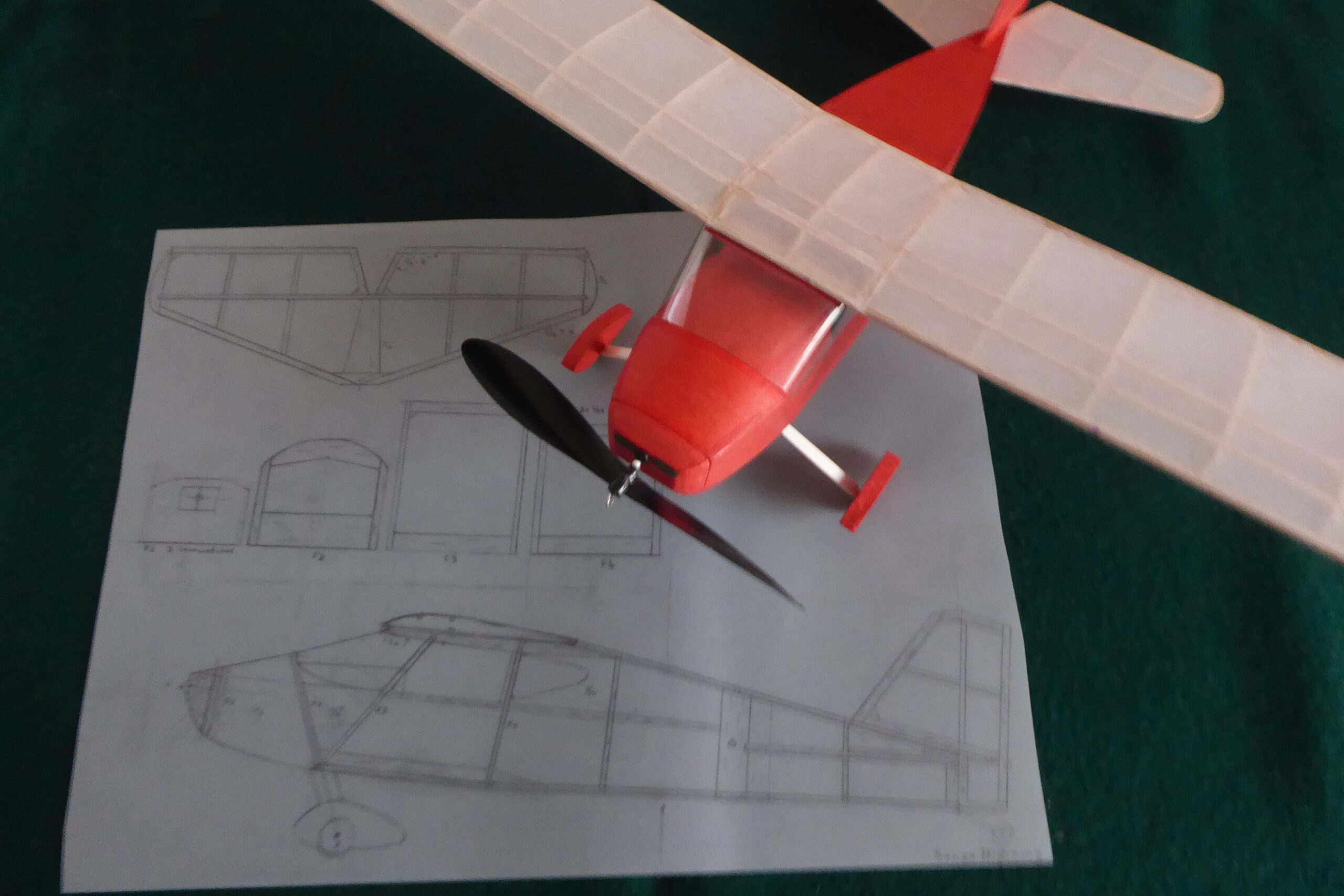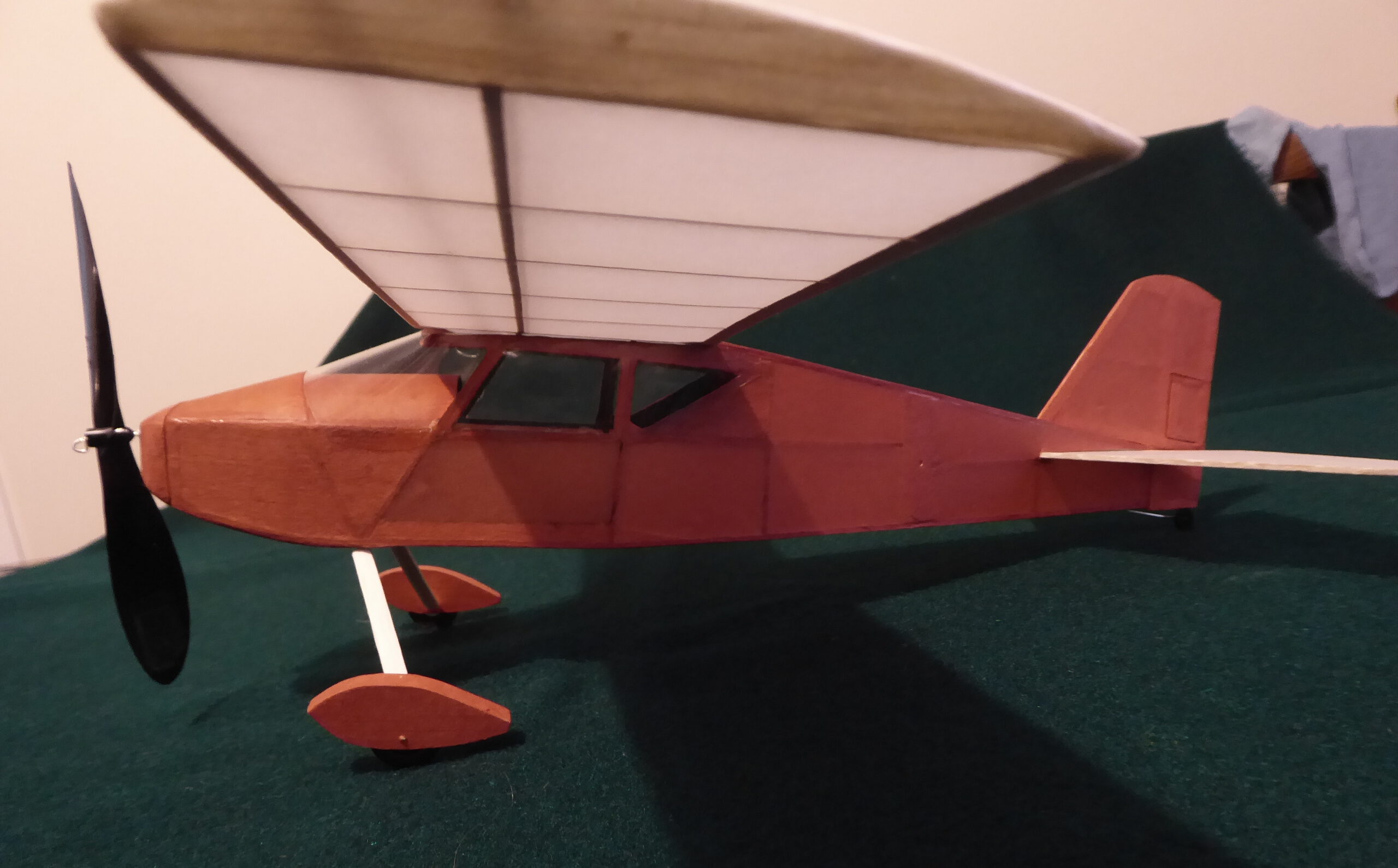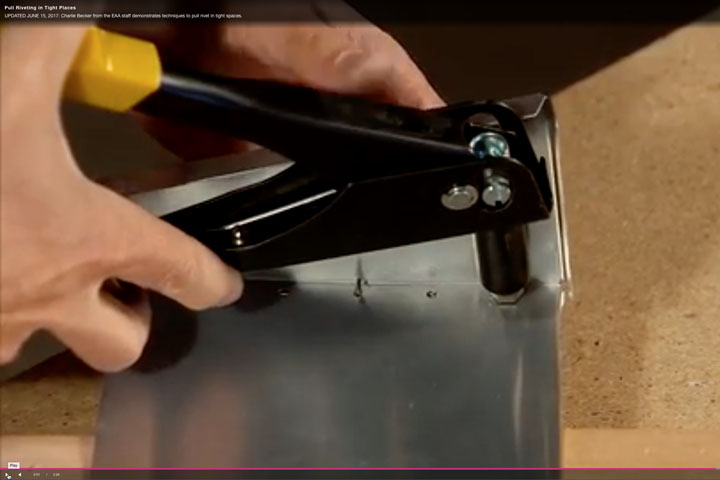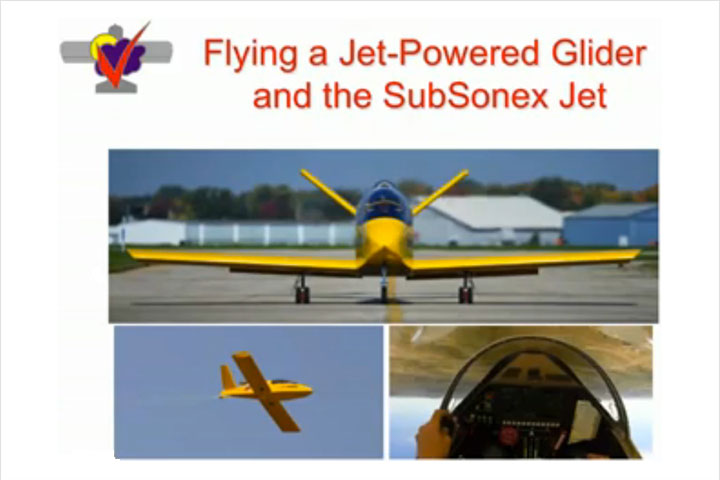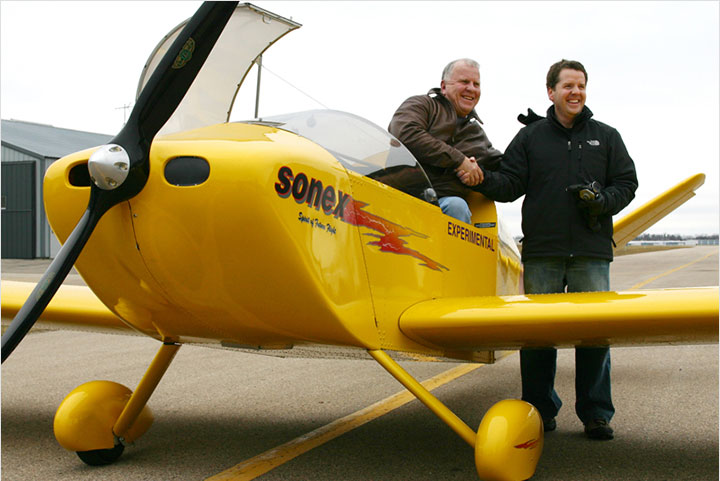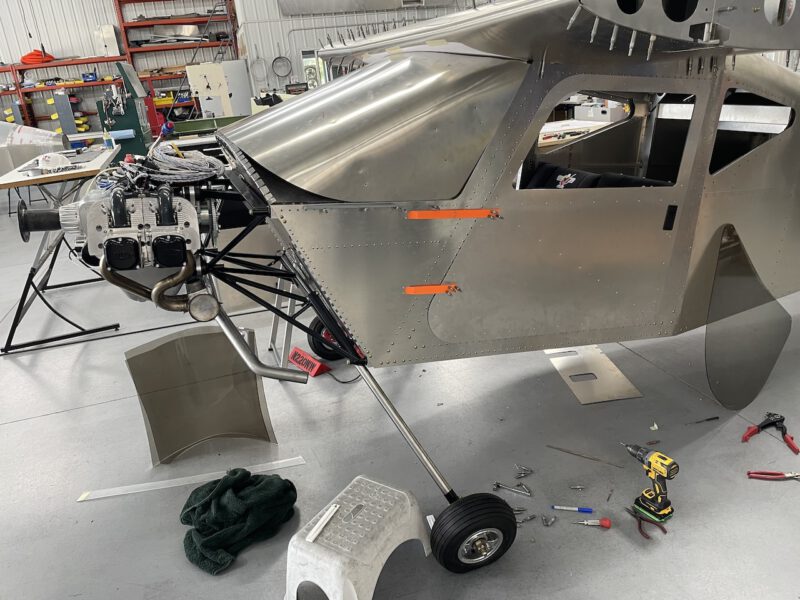
Get all the latest information about the Sonex Highwing this Thursday, January 30th during EAA Homebuilders Week! Tune-in at 2:30pm Central Time: Register Now!
Sonex owner and president and Highwing designer Mark Schaible will brief the audience on the progress of the first prototype aircraft, give a tour of the design’s features, and answer your questions about the Highwing. The Sonex Highwing is designed to take advantage of the new Sport Pilot 2.0 regulations with a max gross weight of 1500 lbs. and a target empty weight of 800-820 lbs. The Highwing is 42” wide on the inside, carries 30 gallons of fuel, up-to 90 lbs. of baggage, and is built in the Sonex tradition of simple construction, aerobatic performance and fast cruise capability. Learn more about the Highwing in our previous project updates and sign-up for the Sonex Highwing mailing list.
If you miss Thursday’s live presentation, this webinar will be archived and posted on our Webinars page.
Sonex Highwing First Flight! (sort of)
Congratulations to Richard Preston of the Trinity Flyers modeling club in the UK, who beat us to the punch in flying a Sonex Highwing for the first time with his rubber-band powered indoor model!
“If you are sitting comfortably, then I will begin.
I was attracted to the Sonex ‘Highwing’ after seeing a video on You Tube about a new addition to the Sonex Aircraft range of self assembly kit aircraft. This American company have been producing small and very sleek low wing aircraft for over 20 years and they have proved to be very popular over there. Being lightweight and aerodynamically clean, they have a very good performance using a range of small engines.
One particular video I watched featured the company CEO talking about how they had decided to break into the lightweight high wing market of light aircraft but with the emphasis on performance and aerobatic capability as opposed to the outback or tundra type of machine produced by many of the other small companies.
The prototype is still being built and it is hoped to fly it later this year. They call it the “Highwing” (one word). There were a lot of CAD drawings and a three view on the video which I paused and then photographed the monitor screen and the more I looked at it the more potential I could see in it as an indoor model.
Special thanks to “Lurk” of the Trinity Flyers for the video. Watch more action from Trinity Flyers’ January indoor meet on YouTube!
Good proportions and a lot of wing area made it an ideal subject for a new model. It is very similar to the Wittman Tailwind and the Nesmith Cougar which have both been good flyers over the years and the CEO of Sonex, Mark Schaible, said that they wanted to produce a modern all metal version of the Tailwind. I drew up the plan to have a span of 18″ which seems to be a good size for Trinity [indoor gym] and I enlarged the tailplane by about 10% [for modeling purposes] but the rest followed the three view pretty closely with just a few simplifications. Up until this build, I had been using EzeDope for the final finish but I had become a bit disenchanted by it’s lack of ding proofing which made my models look a bit dimpled after a short time. I decided to go over to banana oil for the first time and I am very pleased with the result.
When corresponding with Mark, I asked him if the new aircraft had been allocated a new ‘N’ registration number and he hadn’t got round to that yet. As I don’t like cutting out tissue numbers and letters, I gave myself special permission to fly the model without them so this was a legit cop out.
A few initial test glides showed that it had a nice long glide but initial powered flights were straight as a die and I couldn’t get it to turn to the left. Barry suggested that I try trimming for a right hand turn as his Elf flew perfectly well that way. Luckily, I had built in a moveable rudder trim tab in the fin like John Whatmore’s Frogwell Flyer so after a quick tweak of the tab , it showed real promise. Increasing the number of turns produced some beautiful slow circular flights round the hall. I was well pleased.”
Sign-Up for the Sonex Highwing Update Webinar!

